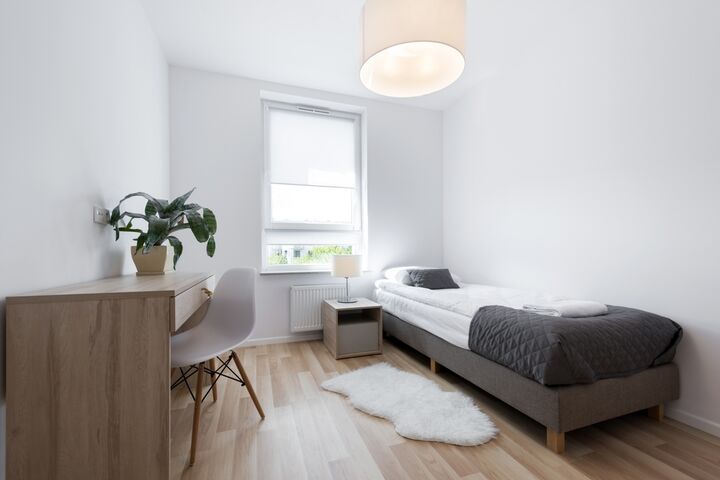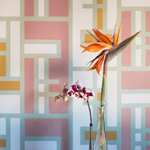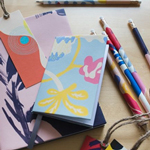
Why Scandinavian design is so popular?
Three words that would best describe Scandinavian Design: simplicity, minimalism and functionality. Scandinavian Design is a style where the use of design elements have been pared down with the use of natural materials and that individuals will easily see the practicality of the design. This design movement emerged in the 1950’s in the Nordic countries of Finland, Sweden, Norway, Iceland and Denmark.
The idea of the Scandinavian Design is to have attractive and functional objects that can be afforded by many individuals and not only by the wealthy people. This design concept was fully realized after the World War 2 wherein the idea was the emergence of a Scandinavian form of social democracy during the 1950’s. This design movement will eventually cause the increase in the availability of low-cost materials as well as methods for mass production. The most common materials used in the Scandinavian Design are form-pressed wood. Plastics, anodized or enameled aluminum or pressed steel.
Common Features of the Scandinavian Design
Scandinavian Design may be considered as one of the most popular design ideas in the world. Basically there are 10 key elements to distinguish the Scandinavian Design from the other designs:
1. Absence of wall to wall carpets – in the Scandinavian Design, carpet is used very rarely as a design accent. Wood flooring is normally used and homeowners add softened rugs or sheepskin to give life to the wooden floor.
2. Light colors – Winters are typically long in the Nordic region. Therefore homeowners prefer to have the interior painted with white to help in brightening the interior of the house. When other colors are used, they should be kept soft and leave an impression of cohesiveness, uniformity and brightness.
3. Wood works – as mentioned earlier, the Scandinavian design needs to go back to the basics with the use of natural materials such as wood. Walls, floor, cupboards and toys in Scandinavian design homes are usually made up of woods. Usually the kind of wood used are beech, ash and pine.
4. Clean Lines – ornate or excessive detailing is not common in Scandinavian Design. The defining feature of this style are modern, clean lined and solid pieces.
5. Absence of clutter – in the olden days, the Scandinavian houses are small and excessive stuffs may not fit into it. Maintaining the house to be clutter free is one of the key features of the Scandinavian Design style.
6. Toys are simple – as mentioned earlier, the Scandinavian design must maintain its simplicity and practicality. Therefore wooden toys and tents made out of fabric are often used to style the playroom.
7. Natural light – to keep the interior bright due to climactic condition of the region, natural light is very important and should be maximized. Window designs should be able to allow natural light in the house.
8. Cozy textiles – unlike in any styles, the Scandinavian design do not use layers of blankets or numerous pillows to decorate the room. Instead, they make use of the ones that can be used both to keep the homeowner warm and as an accent when not in use.
9. Plants in the interior – plants are used to keep in touch with nature and at the same time to make the interior vibrant and lively.
10. Accents made simple – decors are kept to its minimum to avoid clutter in the interior. Therefore you may often see bare walls and empty spaces in a Scandinavian design home.
The Modern Scandinavian Design
Through times, the Scandinavian Design has evolved mostly from the use of furniture and product design to the application of the principles, theories and processes to the current weaknesses and opportunities. Mainly, this evolution is based on the societal situation and needs.
The Scandinavian countries have established institutions to preserve and promote the various design industries. For instance, the Svensk form in Sweden, shows the benefits of good design in social development. The Danish Design Center, on the other hand focuses on the value of design for the businesses based in Denmark. Icelandic Design Center holds lectures and seminars as well as exhibitions among the local designers and artists. The Norwegian Design Council promotes the design as a tool for innovation.
Most of the design are accessible and available to all and shows that the creator of the product is human. It mainly focuses on the functionality without sacrificing the aesthetic value of the design.
 Australia
Australia
 Austria
Austria
 Belgium (Dutch)
Belgium (Dutch)
 Canada (English)
Canada (English)
 Denmark
Denmark
 Estonia
Estonia
 Finland
Finland
 France
France
 Germany
Germany
 Ireland
Ireland
 Italy
Italy
 Luxembourg (French)
Luxembourg (French)
 Netherlands
Netherlands
 New Zealand
New Zealand
 Norway
Norway
 Poland
Poland
 Portugal
Portugal
 Romania
Romania
 Singapore
Singapore
 Spain
Spain
 Sweden
Sweden
 Switzerland (French)
Switzerland (French)
 USA
USA
 United Kingdom
United Kingdom
 Other Countries
Other Countries




